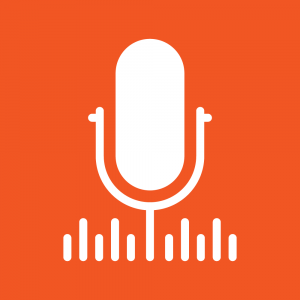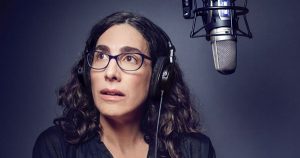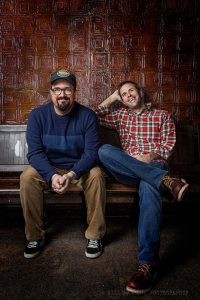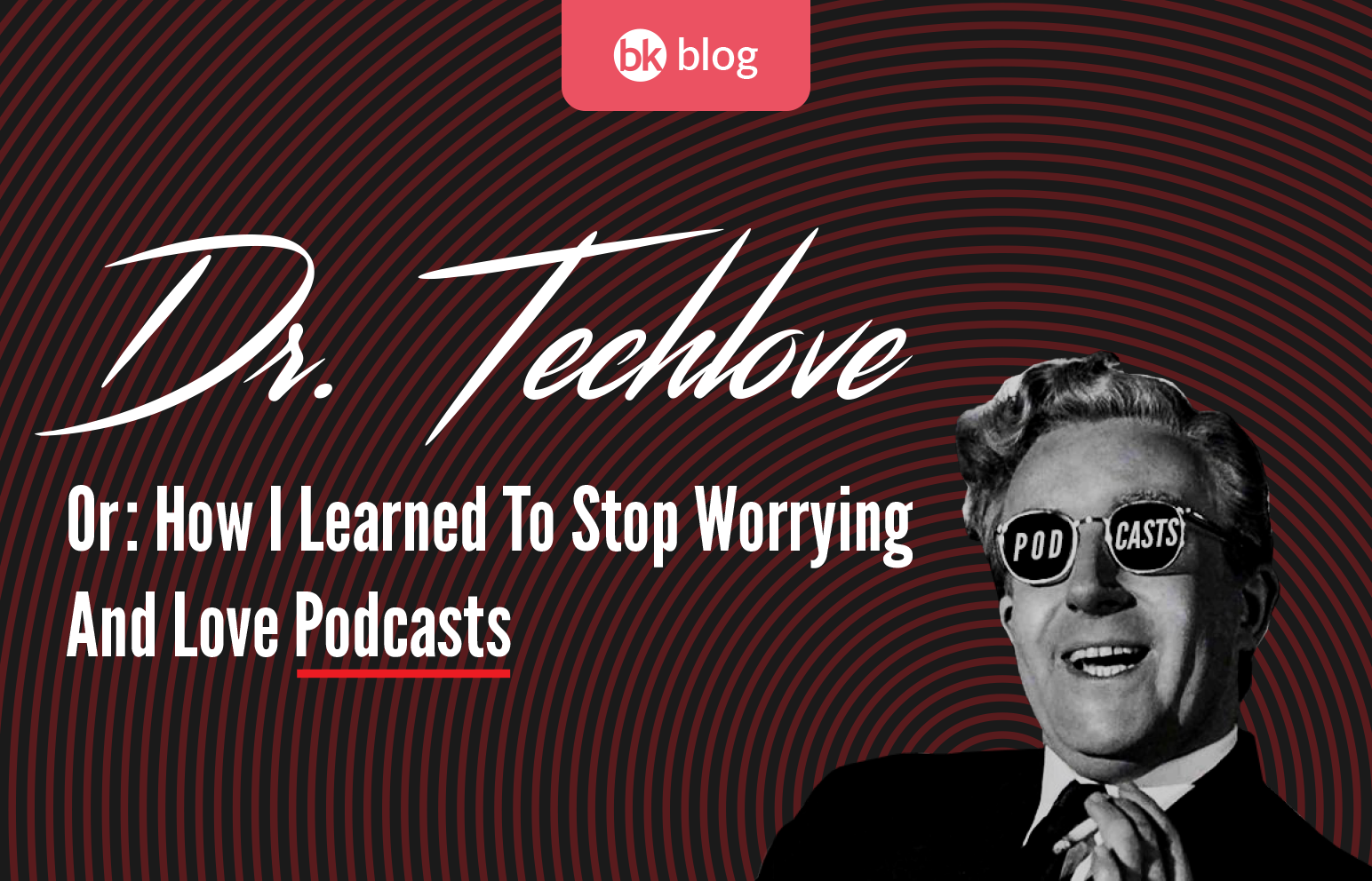I don’t care who you are, podcasts are pretty dope. You may not have been a listener or even aware of podcasts prior to the pandemic, but chances are now you’re fully aware and even a subscriber to the plethora of podcast choices today. They’ll suck you in faster than an episode of Succession on a sick day. Try it; trust me, you’ll never look back.
Podcasts, if executed properly, can be just as addicting and binge-able as some of the most well written — and some would say “poorly written, yet somehow successful” — television series out there today. There’s a certain familiarity with listening to podcasts and listening to traditional radio in that you’re consuming the program via audial avenues; however, podcasts offer something a bit more than their heard counterpart: near-complete content control.
What is a podcast? Just in case you live in a cave.

The universal definition of a podcast, as provided by Wikipedia and endorsed by the Internet Advertising Bureau (IAB), is an “episodic series of digital audio files, which a user can download and listen to.” This concept of downloading “episodes” and easily digestible programs that fall within niche and nuanced interests allow for each user to individually curate their own library or playlist of content specifically targeted to their own preferences.
If you didn’t catch on right away, allow me to point out that the term “podcast” is a direct variant of the widely understood concept of “broadcast,” in which content is blasted out into the airwaves and received by those who tune in via compatible devices. We participate in broadcasting nearly every day through our televisions and radios, but broadcasts have to be just that…broad. There’s not really an efficiently feasible way to target specific users in a television or radio setting, so the content must be malleable, flexible, and not too distinct. Conversely, the etymology of “podcast” likely stems from the advent of the Apple iPod in the Early Aughts as it was hitting the tech scene and becoming adopted by more and more people. Thus, a new means of targeted content distribution swept the nation, and a cute pun was born.
If you asked me two or three years ago how I felt about podcasts, I probably wouldn’t have been as favorable. I tend to project some sort of undeserved stigma toward new-wave media technology—especially the ones that challenge my routine or require me to purchase specific hardware. Technically, podcasts don’t require much more hardware than your typical smartphone and a pair of earbuds, but still, I was reluctant to adopt them as a regular means of content consumption.
There’s always a first, and for me it was Serial.

De gustibus non est disputandum: This is a Latin maxim meaning “in matters of taste, there can be no disputes.” I cannot account for your particular taste in what you find interesting; however, the inaugural “season” of the Serial podcast is what hooked me on the format. If you’re not into “true crime” or investigative murder-mysteries, then it may not be your cup of tea. But if you are looking to venture into the world of podcasts for the first time, then I would absolutely recommend Serial as an engaging starting point.
The Serial podcast is structured like many podcast series: long-form, episodic documentary. During the initial run of the show, an episode with a runtime of about an hour is released onto a podcasting platform (like Apple Podcasts, Google Play, Spotify, etc.) each week. This amounts to usually 10-15 episodes that cover one story. The art of the “tease” is thoroughly and systematically employed, keeping the listener engrossed in the narrative and eager for each new episode. This style of programming reminds me of how Netflix was able to capture the streaming attention of its users by organizing and logistically serving what is perceived to be seamless content. For this reason, you may find yourself binging hours of podcast episodes during your daily commute. Likewise, the aspect of flexibility also proves to be a huge advantage in the medium. Listeners can pause and return to an episode at any time, which gives more control to the user. The emergence of this capability had a similar revolutionary effect that the DVR system had on the television industry.
Something for everyone
There are other formats and structures to podcast programming, such as the talk show (sports comedy, etc.), narrative fiction, and informational/educational. While the gritty and suspenseful chronicling of Serial is what originally hooked me on podcasts, my passion for learning ultimately inspired me to look at other shows. That’s when I found Stuff You Should Know, which is an informational program that spends one episode (anywhere from 20-90 minutes) on one topic.

SYSK (as it’s known to those familiar) is a true podcasting treasure that challenges your perspective and general knowledge of subjects ranging from “How Royalty Works” to “How Decapitation Works,” or even “How Frostbite Works.” These are just examples of the diverse, yet interesting topics you might not know a lot about. And likely for this reason, SYSK has proven to be one of the most downloaded podcasting programs of all time with over a thousand episodes available.
Podcasts are free to download and subscribe to. So how do they monetize and sustain their content/business model? Advertising… duh. Just like any piece of media that appears to be delivered at no cost to the user, podcasts take advantage of advertising as a means to sustain a quality product. There are also other methods of monetization, such as a “giving” format through the use of donation services like Patreon. However, short one-minute commercial breaks are the most widely utilized form of “advenue” — get it? Like “ad revenue.” I digress.
Regardless of what you’re into, there is likely a podcast out there that satiates your listening appetite. This increased niche-ness allows for a wide variety of outreach opportunity. Advertisers can tap into this diversity and build tailored media plans that target specific shows that align with what their ideal consumer profile would listen to. This concept is routinely executed in radio and television; however, the arrival of podcasts as a formidable competitor to the status quo built by the foundations of radio and television has provided advertisers a different, yet effective avenue to reach their customers.
So instead of queuing up “Crank That” by Soulja Boy on your way home from work today or tuning your radio dial to that smooth jazz channel as you sit in the Wendy’s drive-thru, maybe try browsing the catalog of over 600,000 shows in the vast realm of podcasts. You may find something you really like… and take back the control of your content.
Andy Edwards is Director of Digital Services at bloomfield knoble. He possesses the hybrid skills of a strategic business executive and a creative, problem-solving designer; someone who is a catalyst for transformation and the agent of cultural change.

